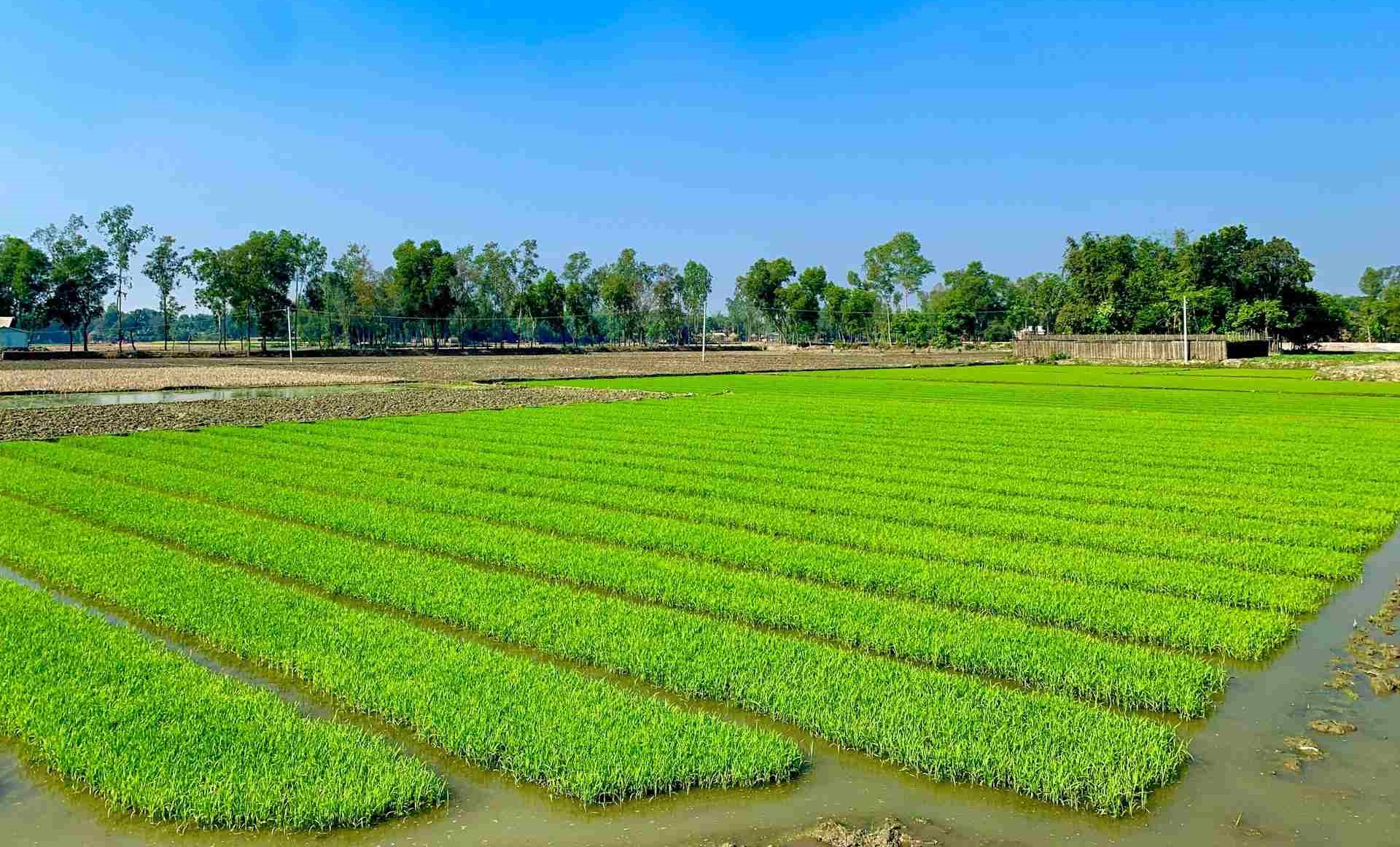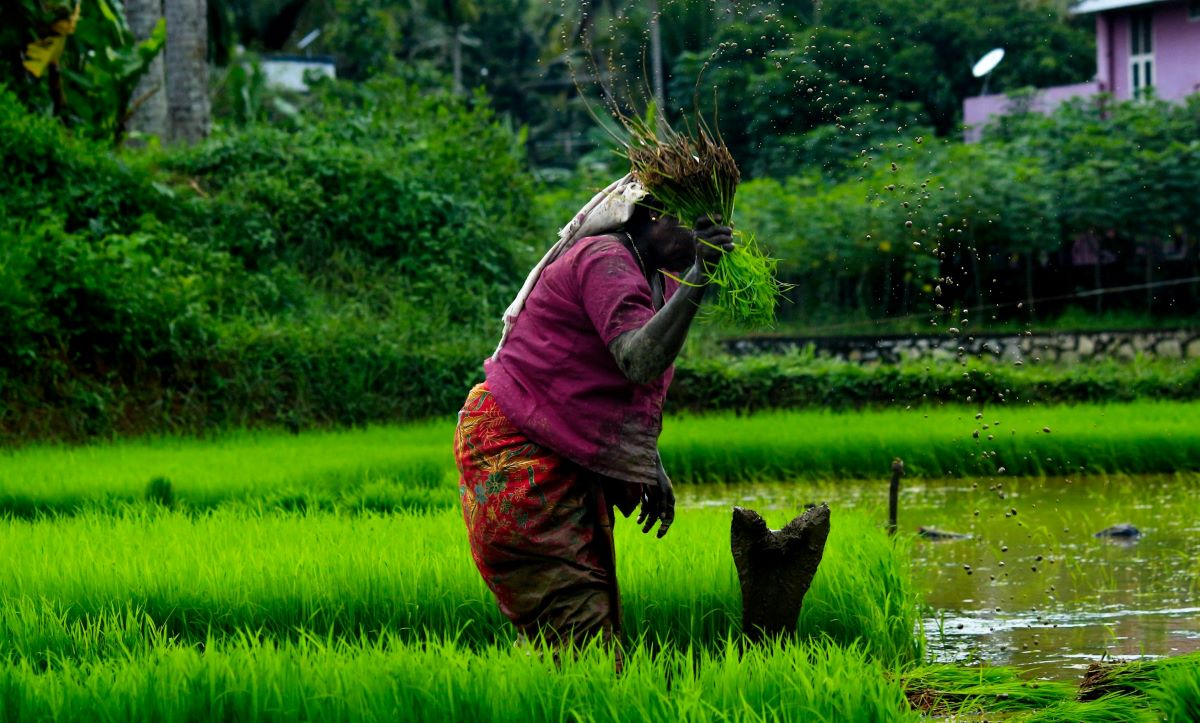
Staying Afloat: The Wonders of Bangladesh’s Floating Gardens
Floods in South Asia are a direct consequence of climate change. In order to survive, agriculture must change. Read here on how a centuries-old form of aquaculture helps farmers save crops in Bangladesh.
All over the world the consequences of climate change become more obvious with every year. Bangladesh is one of the countries who already need to think about how to adapt to climate change. Large parts of the country are located in the Ganges-Brahmaputra delta, the largest river delta in the world. Due to the rising sea levels Bangladesh has to cope much more often with huge floods and a fifth of the country could be permanently flooded. These circumstances make a stable agriculture almost impossible and since about half of Bangladesh’s workforce works in agriculture, adaptation strategies are essential. We present to you the floating gardens of Bangladesh.
ORIGINS OF FLOATING GARDENS
Floating gardens are not such a new concept. In south-central Bangladesh, farmers have followed a traditional method of cultivation for 300-400 years, locally known as “Baira”. This describes floating vegetable gardens that rise and fall with the swelling waters. While this was earlier just a way to grow food even in the wetlands of Bangladesh, now farmers need to revive this old practice to reduce their vulnerability due to climate change.
THE CONCEPT OF FLOATING GARDENS
What is the best way to prevent crops from being destroyed through floodings? By making them float. Floating Farms are built on rafts consisting of bamboo sticks and water hyacinths woven together. On top fertile beds are created from layers of mud and soil that float on the surface of the water. Due to these fertile beds, farmers are able to grow a huge range of vegetables without chemicals. Especially good to grow spinach, turmeric, potatoes, and amaranth on these beds. When the water level rises, so does the garden.
Furthermore, planting bags are used to grow cucumbers, tomatoes, and leafy vegetables. With the help of the planting bags these vegetables can be moved at any moment to another location if necessary.
To plant the beds, small seed balls are used. Crop seeds are placed in so called “tema”, which are small balls, made out of peat soil and wrapped in coconut fibre. When seedlings are about 15 cm high, they are transplanted to the floating garden beds.
During the monsoon, when Bangladesh suffers from very heavy rainfall, farmers use small boats to reach their floating gardens and navigate between the beds.
The concept of floating gardens is therefore not only a way to adapt to climate change, but also a very sustainable way of agriculture that can be used in all areas under the risk of floods.

IMPORTANCE OF THE FLOATING GARDENS FOR THE POPULATION
Since the floods in Bangladesh are much bigger than some years ago, it would destroy the whole harvest. Only by adapting agriculture to climate change, some communities have enough food.
Before floating agriculture, people who were affected the most by floods, were forced to find jobs far away to earn some money. Now, the population can grow crops the whole year long and it is so profitable that they can sell a big part of it to wholesalers. Another source of income comes from the use of water around the gardens to farm fish.
Furthermore, even when cyclones or other weather extremes cause unavoidable damage, the farms can be rebuilt quickly. For people who know how to build floating farms, it is very easy to do.
Highlight Image: © Petr Magera via Unsplash
+ Words:
Kseniia Gavrilova
Luxiders Magazine








